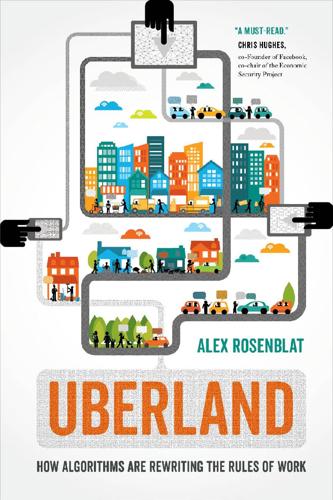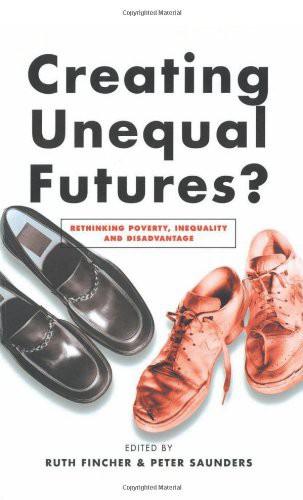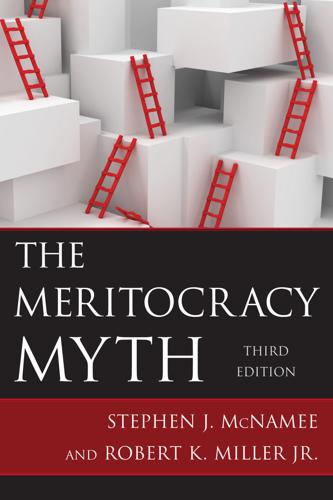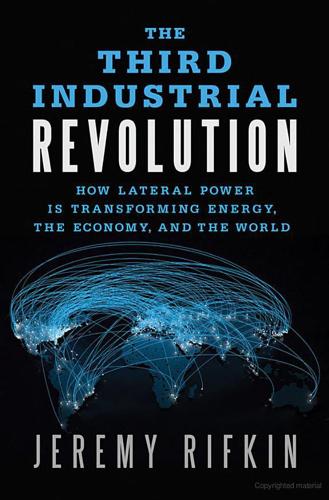
Uberland: How Algorithms Are Rewriting the Rules of Work
by
Alex Rosenblat
Published 22 Oct 2018
Supplemental earners—who are largely retirees, working professionals, and empty nesters—are primarily motivated to work for social reasons. My research suggests that they benefit most clearly from Uber’s employment model of independent contract labor, since they gain more opportunities for marginal employment and are less vulnerable to the same business practices (e.g., rate cuts) that prompt strikes and protests by drivers who rely on Uber as a significant source of their household income. PART-TIME DRIVERS The majority of Uber’s drivers work part time. My research has revealed three common motivations among them for doing this kind of work: it compensates for a career transition, it allows for much-needed flexibility, or it fills the need for a “good bad job.”

The Precariat: The New Dangerous Class
by
Guy Standing
Published 27 Feb 2011
Then there are subsidies for enterprise benefits; these lower the demand for workers doing low-productivity services. And, as will be shown, enterprise benefits are a burden on youth since old agers and migrants are more prepared to labour without them. Labour subsidies, including earned-income tax credits and marginal employment subsidies, are also in reality subsidies to capital, enabling companies to gain more profits and pay lower wages. They have no economic or social equity justification. The rationale for the main labour subsidy, tax WHY THE PRECARIAT IS GROWING 55 credits, is that as the poor and less educated in rich countries face the stiffest competition from low-cost labour in developing countries, governments need to subsidise low wages to provide adequate incomes.

Creating Unequal Futures?: Rethinking Poverty, Inequality and Disadvantage
by
Ruth Fincher
and
Peter Saunders
Published 1 Jul 2001
In summary, the innovative part of this notion of transitional labour markets is that it moves beyond seeing incomes policy as just alleviating ‘poverty’, and embraces questions of social inclusion. And social inclusion means working in jobs based on proper social standards when it comes to wages and hours, not working in low-quality jobs which marginal employers are prepared to create because of government subsidies (such as tax credits schemes). Transitional labour markets provide a policy framework which takes us beyond the impoverished visions of the future 225 PDF OUTPUT c: ALLEN & UNWIN r: DP2\BP4401W\MAIN p: (02) 6232 5991 f: (02) 6232 4995 36 DAGLISH STREET CURTIN ACT 2605 225 CREATING UNEQUAL FUTURES?

The Meritocracy Myth
by
Stephen J. McNamee
Published 17 Jul 2013
Growing Prosperity: The Battle for Growth with Equity in the Twenty-First Century. Boston: Houghton Mifflin. Collins, Randall. 1979. The Credential Society: A Historical Sociology of Education and Stratification. New York: Academic Press. Flynn, Nicolet. 2003. “The Differential Effect of Labor Market Context on Marginal Employment Outcomes.” Sociological Spectrum 123, no. 3: 305–30. Frank, Robert H. 2007. Falling Behind: How Rising Inequality Harms the Middle Class. Berkeley: University of California Press. Fraser, Jill Anresky. 2001. White-Collar Sweatshop: The Deteriorations of Work and Its Rewards in Corporate America.

The Third Industrial Revolution: How Lateral Power Is Transforming Energy, the Economy, and the World
by
Jeremy Rifkin
Published 27 Sep 2011
But as intelligent technology, as well as renewable energies, become more agile and cheaper, the United States is likely to see similar productivity gains spread to the remaining sectors of the economy where productivity has remained relatively flat for the last thirty years. The conundrum is that if productivity advances brought on by the application of intelligent technologies, robotics, and automation continue to push more and more workers to marginal employment or unemployment around the world, the diminishing purchasing power is likely to stifle further economic growth. In other words, if smart tech replaces more and more workers, leaving people without income, who is going to buy all of the products being produced and services being offered? Intelligent technology is only just beginning to impact the world economy.

The-General-Theory-of-Employment-Interest-and-Money
by
John Maynard Keynes
Published 13 Jul 2018
Subject to these qualifications, the volume of employed resources is duly determined, according to the classical theory, by the two postulates. The first gives us the demand schedule for employment, the second gives us the supply schedule; and the amount of employment is fixed at the point where the utility of the marginal product balances the disutility of the marginal employment. It would follow from this that there are only four possible means of increasing employment: (a) An improvement in organisation or in foresight which diminishes ‘frictional’ unemployment; (b) a decrease in the marginal disutility of labour, as expressed by the real wage for which additional labour is available, so as to diminish ‘voluntary’ unemployment; 8 J.